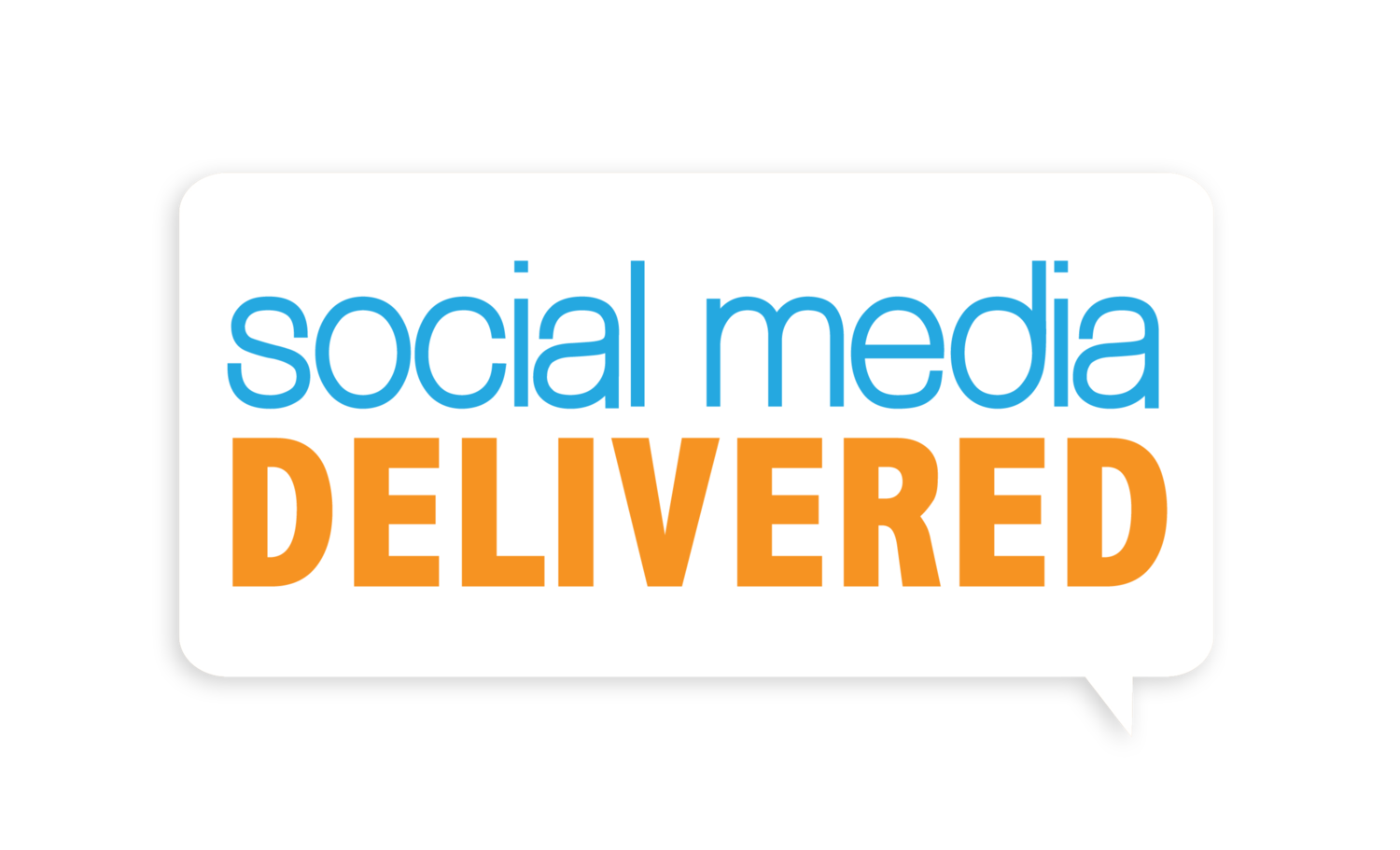Social Media From the Inside Out: Embracing Social Technologies in Your Organisation
The Next Women | Lauren Fisher They say that charity begins at home. Well, you can take that and multiply it about a million times when it comes to social media. While many companies are now embracing social media to fantastic effect with some seriously impressive marketing campaigns, social technologies are so much more than a way to market your company. Internal social media is moving higher up the radar for organisations and the importance is reflected in the investment made. Research by Altimeter has shown that companies with an annual revenue of $10bn+ should be investing around $724,000 in internal social media costs, including staff, research and training.
The fact is that success with social media will only really come if, as an organisation, you actively encourage employees to use social technologies to communicate, collaborate, research and plan.
This doesn’t have to mean that staff will just be chatting to their friends on Facebook all day long. Through smart education and structured use of social technologies, you can transform your company and create a permeable infrastructure through which social media can be allowed in. And this, in turn, will allow your company to be more innovative and successful; a natural result of allowing more knowledge in to flow freely through the organisation.
This is the structure that societies are beginning to effectively operate within - using social media as a way to connect disparate communities and encourage communication unbound by geography. We are now a networked people, at every level from the societal to the individual, so it only stands to reason that you must be a networked organisation in order to be (or remain) relevant.
Your use of social media should start with the micro (the individual) and culminate in the macro (the societal or organisational).
The clue is in the title: social media. It is the reification of a truly open, collaborative company culture.
Research has shownemail to be on a steep decline, as it’s replaced by more social ways to contact. From 2010 to 2011, the use of web-based email dropped by 31% among 12-17 year olds, and 34% among 18-24 year olds.
For anyone who finds themselves playing the zero inbox game on a regular basis, this has to be seen as a good thing. At any given time, an employee can (and does) reach me through email, Twitter, Yammer, Facebook message, mobile and even Pinterest and Instagram. And I love it! Not only for the positive effect it has on my productivity (honestly) but also because it means that as an organisation we are practicing what we preach and keeping ourselves up to date with the shifts in communicaiton that our customers and communities are putting into practice every day.
It’s only by encouraging employees to use and understand the benefits of social media for your organisation, that your customers will begin to see the same and, importantly, believe what you’re selling. No point trying to convince them you’re an open, personable company that ‘gets’ social media if the extent of your internal social media policy is allowing employees to keep a LinkedIn profile.
In Practice
All very well of course for me to sit here in a social media agency and tell you this, but what does it really mean for organisations, day to day?
The good news is that there’s a tonne of free tools out there to encourage a different type of communication between employees. Yammer is a particular favourite and a great way to embrace social media internally, gradually. It essentially operates like a closed Twitter network. Only the people with the same company email domain can join network to see and send messages. It encourages more fluid and open communication than email. You can send company-wide messages, share links, create sub-groups, run polls.... Pretty much anything your imagination can stretch to!
The benefit of tools like this extends way beyond simply being an alternative to email. Using Yammer, running a company account on Pinterest, creating a Twitter list of employees - all are tools that inevitably lead to open communication. And this is where you’ll get the best knowledge in your organisation. Think of it like the anonymous company suggestion box where you had to slip your recommendations on a piece of paper. And then some. And then some more.
Personalisation
As much as your internal social media policy is about your employees, it is also about the personality of your company that you project.
The fact is that now we want to interact with company representatives on a personal basis. We don’t want to tweet @amazon , we want @amazontom . But these personalities can’t be faked. And they will only really succeed if you operate a culture that encourages use of social media so that people understand from the inside out what people really want. If your customer service rep is encouraged to use Twitter on a personal basis, they can’t help but develop a more innate understanding of what it is people want on this medium.
Consider changes that social platforms themselves are making, that encourage a social culture at companies. Facebook has recently made an update to company Pages to not only include the Facebook profiles of featured admins, but you can now also subscribe to these people from the company Facebook Page. The idea of there being a barrier between the consumer and the individual, in the vague form of the ‘organisation’ is becoming pretty archaic. But where companies risk getting caught out is without investing time and money in encouraging positive use of social media by employees. Imagine if your featured Page admin spends his days moaning about work on Facebook because he doesn’t understand what Facebook subscriptions are, or even that he’s listed as an admin?
Companies largely have no choice but to get up to speed with social media internally, moving social technologies out of the marketing team and into the entire company.
But rather than being effectively co-erced into operating in this way, companies should see it as an exciting new phase that will ultimately benefit employees, the organisation and customers.
Lauren Fisher is the co-founder of Simply Zesty, Ireland's largest and most successful bespoke social media agency. Lauren co-founded the company two years ago at the age of 24 and during this time has developed social media campaigns and strategies for a number of brands, including Vodafone, Sony, News International, Ebookers and The Body Shop. Lauren also manages the international Simply Zesty blog, which is currently ranked at number 74 on the AdAge Power 150 - a global ranking of marketing blogs.
 The NextWomen is the female business brand, publishing the award-winning women's internet business magazine. Focus is on early stage and growing businesses, be it in the media, service, retail, communication, or any other industry, with a tech or internet angle - from Silicon Valley to Europe, Latin America and Asia. A key mission is to interview and profile female business heroes, making them notable and quotable, whilst connecting women-led companies with each other, investors and experts.
The NextWomen is the female business brand, publishing the award-winning women's internet business magazine. Focus is on early stage and growing businesses, be it in the media, service, retail, communication, or any other industry, with a tech or internet angle - from Silicon Valley to Europe, Latin America and Asia. A key mission is to interview and profile female business heroes, making them notable and quotable, whilst connecting women-led companies with each other, investors and experts.
